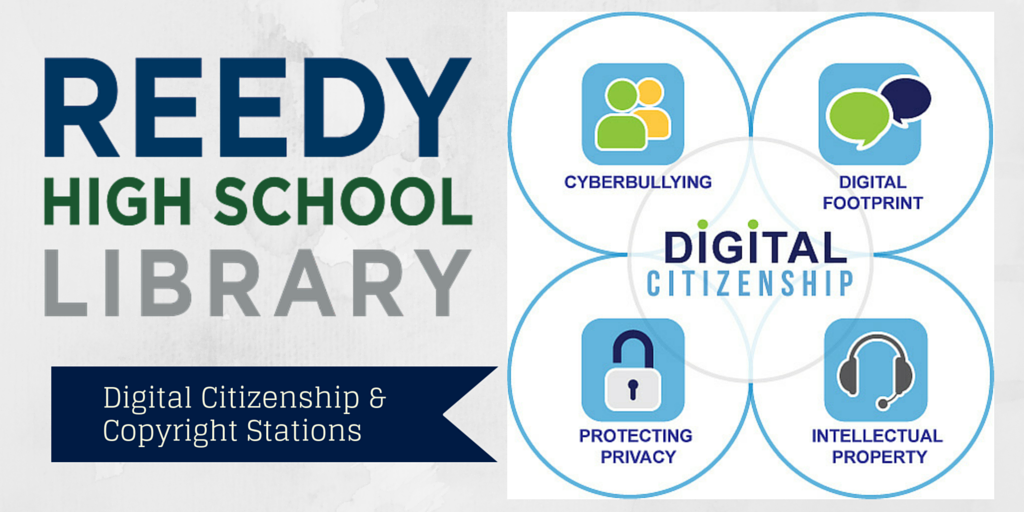
Image Credit: EGUSD Digital Citizenship. Digital image. EGUSD Digital Citizenship. Elk Grove Unified School District, 2015. Web. 17 Sept. 2015. <http://blogs.egusd.net/digitalcitizenship/resources/>.
Next week at the Reedy Library, our CATE students will be coming to the library for some Digital Citizenship and Copyright Stations.
The students will be visiting 6 stations: Digital Frame of Mind, Copyright and Fair Use, Cyberbullying, Privacy and Security, Digital Footprint and Reputation, and Internet Safety.
At each stations students will be doing some reading, watching some videos, taking some online quizzes, and recording their responses on the below Google Forms.
Here is a link to the Station Signs and Instructions, and then below you will find links to the stations and the information presented at each station.
Students, record your responses on your class periods’ link:
Munro B1 Patton A3 Warnasch A2
Munro B2 Patton B2 Warnasch B3
Digital Frame of Mind
Click Here to go to the in ONE SECOND on the internet link. Notice that the longer to stay on the site, the more it multiplies. Be sure to scroll to the bottom and read the statements about 10 years ago, etc. Be sure to respond to your Digital Frame of Mind Station question on the Google Form.
Copyright and Fair Use
Are you copyright confused? As we integrate more technology into our schools, navigating the line between what’s legal and what’s not can be overwhelming. In order for us to become ethical consumers and creators of media, we also need a strong understanding of the concepts of copyright and fair use.
Be sure to respond to answer questions 2 & 3 on the Copyright and Fair Use Stations Google Form.
Copyright Definition
Copyright law builds upon the values of the First Amendment by emphasizing that sharing ideas and information leads to new knowledge and innovation.
Copyright law protects works of “intellectual property” — creative expressions of ideas in fixed symbolic form. (Patent law protects the expression of novel ideas in the form of objects or processes.) Books, movies, music, paintings, photographs, websites, images, video games, performances, architecture, and software are among the many types of creative work protected by copyright.
Copyright Act of 1976-Fair Use Definition
The fair use doctrine, which is found in Section 107 of the Copyright Act of 1976, states that the use of copyrighted material “for purposes such as criticism, comment, news reporting, teaching (including multiple copies for classroom use), scholarship, or research” is not an infringement. Courts consider these factors in determining fair use: the purpose of the use, the nature of the copyrighted work, the amount and substantiality of the portion used in relation to the original work; and the effect of the use on the market for the original.
“Eyes on the Prize”
PBS aired the documentary “Eyes on the Prize” on US TV in 1987, earning 23 honours, including two Peabody Awards, and receiving such praise as: “The principal film account of the most important American social justice movement of the 20th Century.” But, in 1993, it ran out of circulation due to expired licenses of copyright, meaning that you’ll no longer see it on TV, and that it will never be preserved on DVD or Blu-ray. Blackside Productions couldn’t afford the US$500K it cost to have the materials re-licensed. In one clip, you will hear “Happy Birthday to You” by Mildred H. Hill and Patty S. Hill. Only one verse out of it costs US$15K. Unwieldy copyright laws and extortionate royalty fees have been changing history forever. If you’re a filmmaker, you have no choice but to leave the truth behind. Thankfully, copyright law has offered a saving grace. It allows artists to exercise “fair use,” as it is termed. It is, too, a right that will go away if it is unprotected. Don’t even think about letting history disappear. Learn how you can exercise your fair right to fair use.
http://mediaeducationlab.com/curriculum/materials- free resources
Be sure to respond to answer question 4 and ONE of the scenarios on the Copyright and Fair Use Stations Google Form.
Cyberbullying
The subject of bullying is something that you have probably heard a lot about in Frisco ISD. Bullying is taught through PRIDE and Olweus programs. School districts have policies in place to handle bullying situations.
Cyberbullying is when someone uses an electronic or digital device to harass, intimidate, or embarrass someone else.
For this module you will click on the links below in order and follow the directions to learn more about Cyberbullying.
Click Here for What is Cyberbullying?
Click Here for the Cyberbullying Quiz.
Once you submit your answers the correct answers and explanations will be shown. Look over the ones you missed and read the reason it gives for the correct answer.
Be sure to respond to answer questions 5 & 6 on the Cyberbullying Stations Google Form.
Privacy and Security
There a several simple things you can do to protect yourself online. At this station we will cover online safety regarding Passwords.
You use passwords for accessing just about everything on your computer. If you do not create a strong password that is hard for someone else to guess you run the risk of being hacked and having your identity stolen.
Let’s get some more information about creating secure passwords. Click on the links below to watch a video and read an article about passwords.
Click Here to watch a video about secure passwords.
Click Here to read about how to create a strong password.
Click Here to take the Passwords Quiz.
Digital Footprint and Reputation
We expand our digital footprint every time we share content to Instagram, Facebook, Twitter, blog or make a comment on a website.
The question you need to ask is if your digital footprint actually portrays what you want to be known for.
What is a digital footprint?
On the Internet a digital footprint is the word used to describe the trail, traces or “footprints” that people leave online. This is information transmitted online, such as forum registration, e-mails and attachments, uploading videos or digital images and any other form of transmission of information — all of which leaves traces of personal information about yourself available to others online.
-Source: Webopedia
News Station Story- Your Digital Footprint
This news story is unsettling to watch. See how much personal information was found on this couple’s computer.
Googling Yourself Activity
Click on the link and read the brief article. Try putting the suggested search terms regarding your personal information.
http://www.gcflearnfree.org/internetsafety/1.5
Internet Safety
The subject of Internet Safety encompasses a vast majority of topics and discussions. For this class we decided to narrow it down and focus on the aspect of teaching students that the Internet gives you access to the world and you need to keep a few tips in mind to keep you safe. Simply put, the things you do to keep yourself safe in the real world (locking your door, not talking to strangers, etc) should also be practiced online.
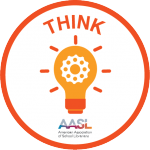
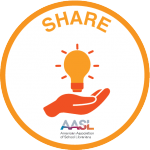
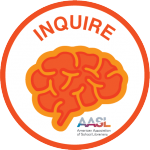
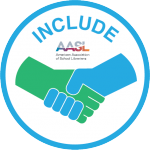


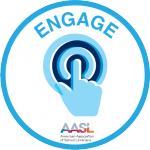
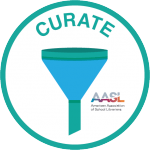
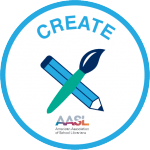
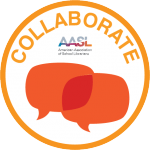

Is there a way to get a copy of the form’s where students answer the questions? I would like to do this activity in my classroom.
This is fantastic!